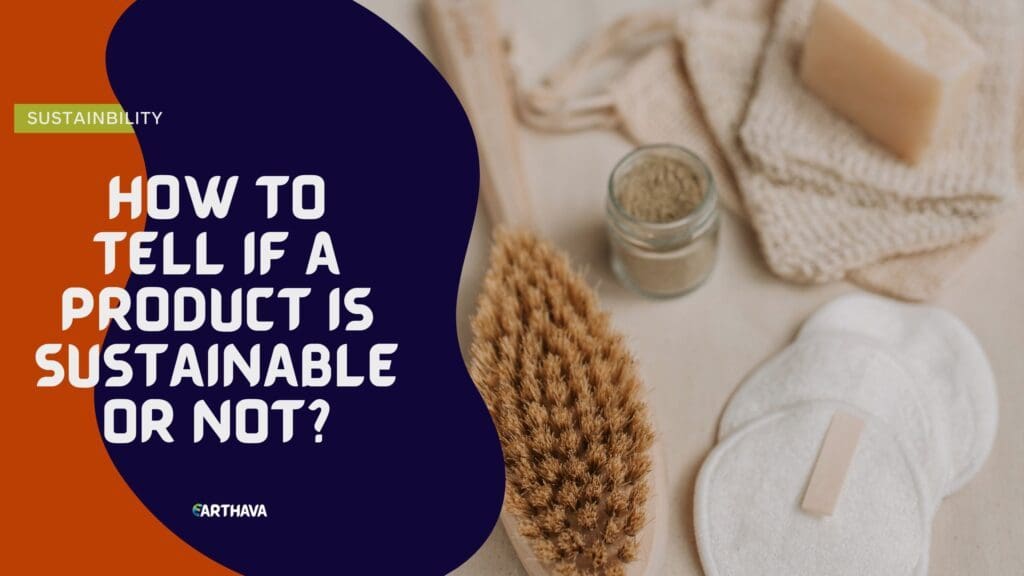With more and more people interested in being greener, it appears as if green products pop up on an almost daily basis.

Roughly 88% of Americans say they believe it’s important to take care of the earth. Along with that, about 55% of consumers in various countries are willing to pay more for something they believe is better for the environment, so it’s understandable why companies will try to cut corners and turn a quick profit from this trend.
The problem is that not all these products are as green as they claim to be. How can you tell the difference between a product that’s green and one that’s just claiming to be?
Fortunately, there are some key things you can look for to verify whether a product is sustainable. Here are four tips:
Products Used to Create Product
A good place to start in your search for whether a product is sustainable is by looking at the materials that are used to create an item. For example, some woods are reproduced in both a greenway and at a much faster rate than other items. Bamboo is an excellent choice since it grows so quickly.
You’ll also want to ask about the manufacturing process to make the product. It doesn’t do much good to buy a green product only to find out the company dumps the waste into waterways and pollutes local fish and wildlife.
If this is something that’s important to you, do your due diligence and search online for any articles about the company, particularly on green-friendly websites you know you’re using a reliable source for that sort of information.
Green Certification
There are also some certifications for different types of products you can search to see if the item is green and meets some basic industry standards. You might see a symbol that says “Organic,” “100% Natural,” or simply has a green icon. It can be difficult to know if the mark is legitimate and even what it means, so look up what’s required in a product for it to earn one of those labels.
In the United States, there are hundreds of green product certification labels, and they all differ depending upon the type of good they are. Your best course of action is to familiarize yourself with the symbols for the products you buy most often and then look for that logo. You probably don’t purchase items like furniture as often as food, so you can always research those symbols before furniture shopping.
Safer Air
As mentioned before, it does you little to no good to buy a product that puts pollutants into the environment during its manufacturing process. There are some basic standards you can keep in mind that will ensure a product is compliant with reducing emissions and creating safer air.
ANSI stands for the American National Standards Institute. They keep an eye on formaldehyde emissions for particleboard and set some basic levels that particleboard should be below.
Since particleboard is often used in modern products, this is a vital thing to look for. The California Air Resources Commission Board (CARB) also monitors particleboard in California. Safe products – usually furniture – will be ANSI or CARB compliant and thus will make the air around you safer.
Use Common Sense
Does the claim about the product seem over the top? If it sounds too good to be true, it might not be. Even companies with a commitment to making green products are limited by what people will pay in a competitive marketplace and modern production.
The sad truth is that a company can say what they want, but that doesn’t make it true. If the business makes a claim, it should be able to back up that claim with specific details rather than generalizations.
Green products are a sound investment for the future of the planet. However, it doesn’t do you much good if you can’t verify that they’re sustainable. Use these four steps, and you’ll be on your way to becoming a sustainable products connoisseur.


